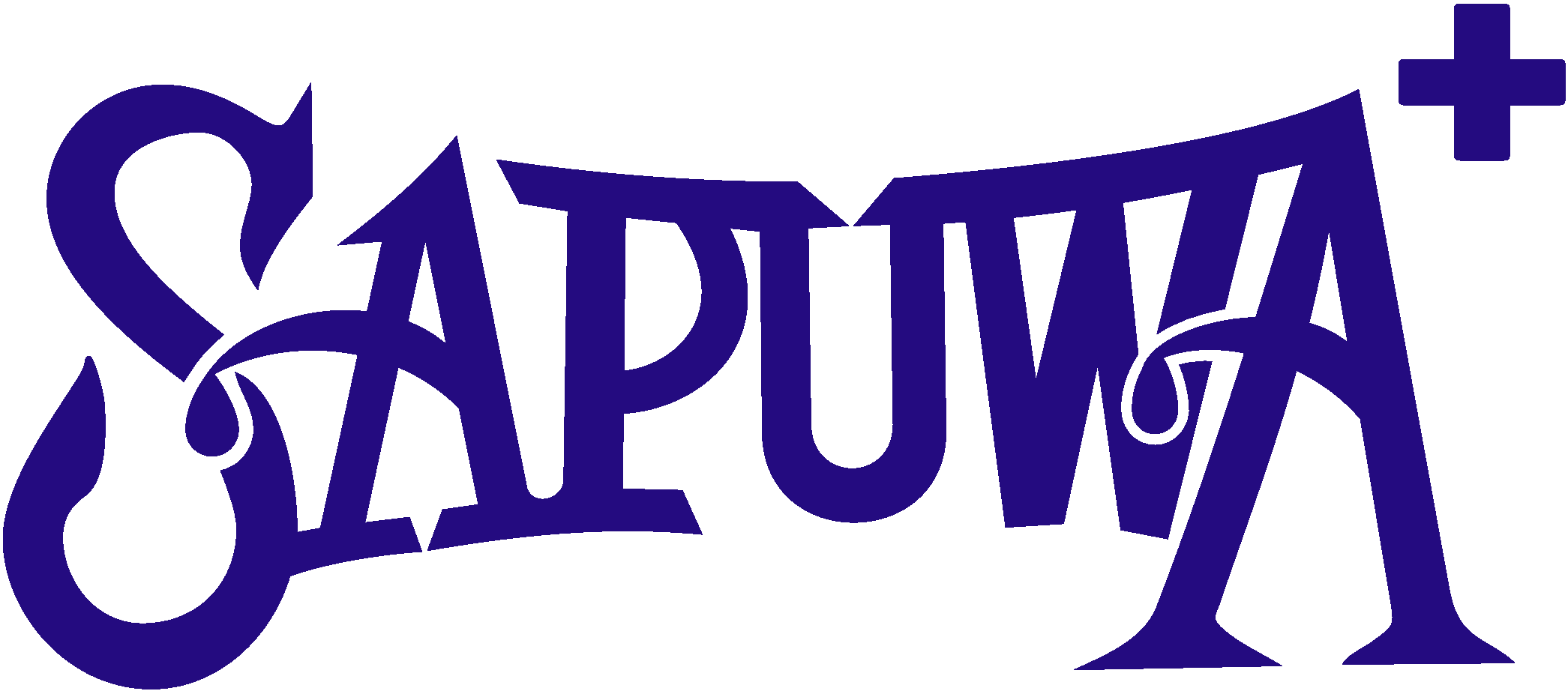How to Compensate Your Employees to Drive Performance
It's no secret, your employees work for a living. Find out how to reward your employees when they deserve it.
As a startup, your sales department needs to be successful in acquiring customers, keeping customers, and eventually grow each account.
When building a sales compensation model, you need to keep a two things in mind--simplicity and immediacy. Mark Roberge, the chief revenue officer of Boston-based inbound marketing firm HubSpot, explains in his new book The Sales Acceleration Formula, which Harvard Business Review published an excerpt from, the basics of any sales comp model.
Above all else, Roberge says sales compensation models need to be simple:
"Salespeople should not need a spreadsheet to calculate their earnings. If too many variables are included, they may become confused about which behaviors will lead to the largest commission check. They might throw the plan aside and just go sell the way they know best. The opportunity to drive the desired behavior through the compensation plan is lost. Keep the plan simple. It should be extraordinarily clear which outcomes you are rewarding," Roberge writes in his new book.
His second rule is that the rewards, and non-rewards, must be immediate: "When salespeople succeed, they should see it reflected in their paychecks immediately. When they fail, they should feel the pain in their paychecks immediately," he writes. "Any delay between good (or bad) behavior and the related financial outcome will decrease the impact of the plan."
Roberge's third rule is that your sales compensation model needs to change according to its needs during different stages of growth. He credits this motivated sales team with the evolving compensation models. In seven years time, Hubspot surpassed $100 million in revenue from over 10,000 customers in 60 different countries. Last year, the company went public with a valuation of $125 million.
Below, check out Roberge's suggestions for sales compensation models for each stage of a startup's lifecycle.
1. Customer acquisition sales plan.
As an early-stage startup, you need to acquire as many customers as possible. You need your sales team to be motivated immediately. His first plan paid salespeople a base salary and $2 up front for every $1 of monthly recurring revenue they were able to bring in. "To protect the company if customers defected, we implemented a four-month clawback on commissions. This meant that if a customer jumped ship within the first four months, HubSpot took the entire commission back (deducting it from the salesperson's earned commissions the next month). Once a customer had stayed on the platform for four months, the salesperson could keep the entire commission even if the customer later canceled," he explains.
In six months, he says they acquired 1,000 customers and brought in $3 million in revenue.
"This plan was simple, clean, and hunting oriented," he writes. "It worked well to accelerate the pace of new customer acquisition."
2. Customer retention.
After your company acquires enough customers, you need to ensure the customers stay.
"At this point in a startup's evolution, it's key to figure out who your best customers are and what steps will make them successful," he says.
To find out the best model, he examined the customer churn rates per salesperson -- the rate by which a salesperson's customers discontinue their subscription. After pinpointing the salespeople who have the best and worst churn rates, he built a reward-based model.
"I stack-ranked the sales team from the person with the best retention rate right down to the person with the worst rate," he writes. "Then I segmented the team into quartiles. The top-performing quartile would earn $4 per $1 of monthly recurring revenue from then on. 'Congratulations,' I said to this group. 'I'm doubling your commission payments. Why? Because you bring in the best customers. Keep it up."
For the second-best performing salespeople, he brought their earning to $3 per $1 of monthly recurring revenue, which is a 50 percent increase. For the employees in the third quartile, he made no chnage--they received $2 per $1 of monthly recurring revenue. But for the poorest performers in the fourth quartile, he cut their earnings to $1 per $1 of monthly recurring revenue.
"The combination of a different set of incentives and better training worked: Within six months, customer churn had dropped by 70 percent," he writes. "Once again, a sales compensation plan had driven the results of the business."
3. The sustainable growth plan.
After your company's retention rate has went through the roof, it's time to "focus on achieving faster, profitable growth--in other words, scaling up the business," he says. In order to do that, he changed the sales compensation to match their needs.
"I certainly wanted a strong incentive for the sales team to acquire new customers at a rapid clip. However, I needed to keep the team aligned with maximizing customer retention, since that would obviously offset acquisition costs and increase profitability," he says.
Roberge decided the answer was advance-payments terms for new customers. He realized the customers who paid-month-to-month were less committed and more likely to cancel their business. The customers who prepaid for a year's worth were more successful and also helped to increase cash flow.
"As a result, our third plan was designed as follows: (1) Salespeople would earn $2 per $1 of monthly recurring revenue. (2) The commission would be paid out as follows: 50 percent on the customer's first month's payment, 25 percent on the sixth month's payment, and 25 percent on the 12th month's payment," he explains.
If a salesperson signed up a customer for month-to-month payment, they would wait a full year to earn the last quarter of the commission. But if the customer paid in advance for a full year, they would earn the entire commission immediately.
"Before this plan was put in place, the average prepayment commitment was 2.5 months. After the plan was rolled out, that average jumped to seven months," he says. "Customer churn was checked; in fact, retention improved. The new customers were profitable to HubSpot. Salespeople felt in control of their destiny. Mission accomplished."
Source: inc.com
Collected by Nhu-Vu SAPUWA
Relative post
- The Virtue of Admitting Fault
- The Power of Admitting A Mistake
- How to Work From Home Effectively
- 7 simple tips to tackle working from home
- 5 ways to make working from home better
- Top 10 Reasons to Start Your Own Business
- Success Tip: To Be Different, You Have To Think Different
- How To Stop Thinking And Start Doing
- Connected Employees: 10 ways to connect with your team
- 5 Ways To Help Teams Connect Virtually
- 10 Things Leaders Managing Remote Employees Should Do
- Seven ways to build the solidarity economy








 0
0


